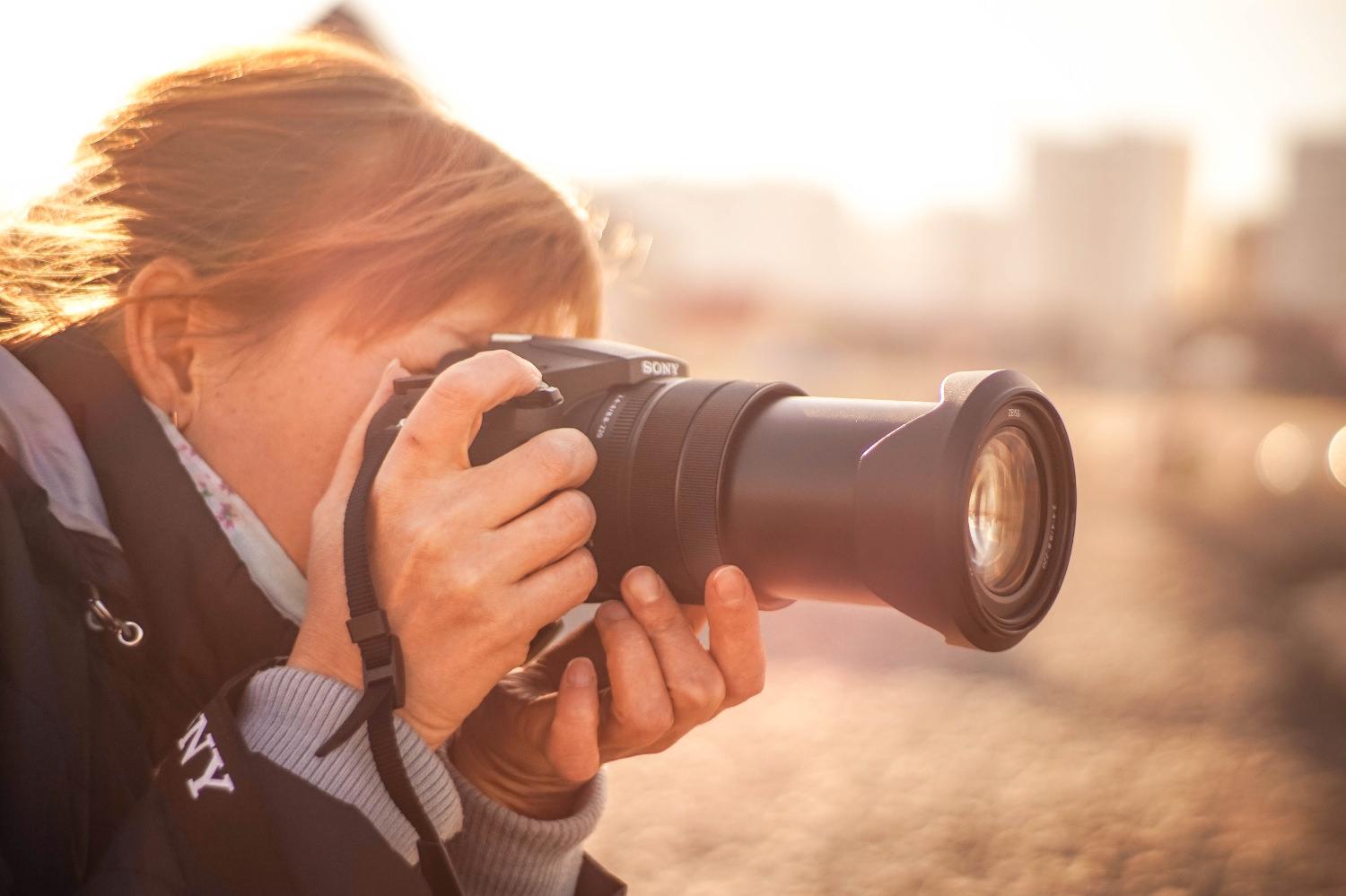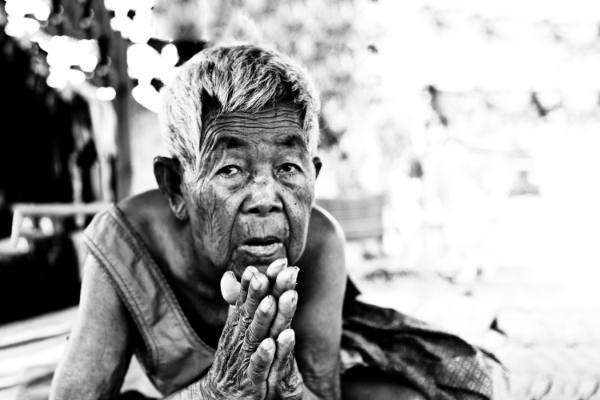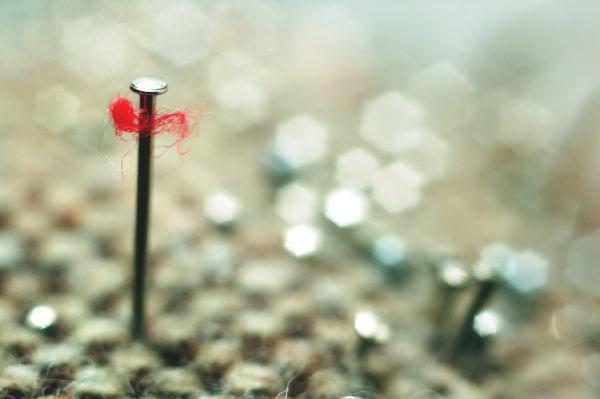Welcome to Photography Mad
Photography tips, tricks and tutorials.
Photography Tips
More >5 Essential Tips for Black and White Photography
Black and white photography offers a unique perspective on many subjects. Removing colour brings out the hidden details, textures, and shapes.
3 Portrait Composition Tips for Framing Your Subject Perfectly
Move beyond simple snapshots and learn how to capture more engaging, interesting portrait photos with these essential composition tips.
Close Up Photography
We are surrounded by objects which make fascinating close up studies. Learn how to make the most of them.
How to Photograph Spider Webs
Spider webs make for fascinating subjects, but aren't always easy to photograph. These tips will help you create some pin-sharp, beautiful shots.
How to Photograph Lightning
Lightning photography is very tricky, requiring lots of patience and luck, but it can also be one of the most fun and rewarding subjects to shoot.
Shooting Vertical Panoramas
Vertical panoramas offer a unique and interesting alternative to the normal horizontal kind. Use them in your photography to provide an unusual view.
Equipment
More >Wide Angle Lenses
A wide angle lens allows you to fit more into the frame, making them perfect for capturing scenes such as expansive landscapes or cramped interiors.
White Balance Explained
White balance sounds complicated, but it is actually very easy to understand, and can really bring out the best in your photos.
18 Stunning Examples of Slow Sync Flash Photos
Want to try slow sync flash photography but don't know where to start? Be inspired by this collection of amazing images.
How to Hold a Monopod
Monopods are a great alternative to tripods for sports, wildlife, street photography, and more. Learn how to hold a monopod for maximum stability.
How to Protect Your Digital Camera in Cold Weather
Cold weather photography can take its toll on your camera, and even cause permanent damage. Follow these precautions to keep your camera protected.
Slow Sync Flash: The Ultimate Guide
Slow sync flash is a simple but powerful technique to enhance your flash photography. Learn what it is, when it's helpful and how to use it.
Post-processing
More >Imitating a Graduated Neutral Density Filter in Photoshop
A graduated neutral density (ND) filter helps balance exposure levels between the sky and ground. Learn how to replicate the effect in Photoshop.
Digital Cross Processing in Photoshop
Digital cross processing is a technique that simulates developing photos in the wrong chemicals. Use it to produce some stunning colour shifts.
Gritty Black and White in Photoshop
Learn how to turn your colour photos into gritty black and white urban shots using Photoshop.
10 Ways to Digitally Improve Your Photos
Digital editing software allows us to remove unwanted objects, adjust colours, and touch up blemishes. Learn how to digitally improve your photos.
EXIF Data Explained
Learn everything you need to know about EXIF metadata - what it is, ways to view and edit it, and how you can use it to improve your photography.
Convert a Colour Photo to Black and White
The Channel Mixer is easy to use but gives you complete control over the appearance of your photo when converting from colour to black and white.



